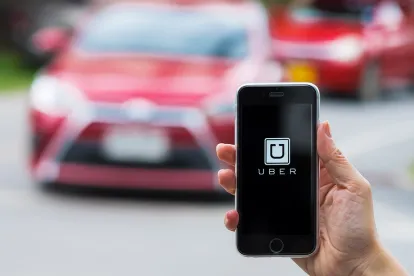A recent study by the ride-hailing service Lyft and a similar study by a group of American universities pointed to the positive impact ride-sharing services not only have on consumers, but on the surrounding communities they service. These studies found that ride-hailing services aid in reducing congestion, increase individual consumer mobility, and found that in 2017 alone, Lyft passengers spent over $2 billion more in communities where ride-sharing services exist. But, the studies and more also point to the negative impact ride sharing services have on individual car ownership and public transportation usage in the same areas.
Lyft’s study found that the availability of ride sharing services do impact car ownership, both due to commuters’ decision to replace existing cars and their decision to sell their cars altogether. Lyft found that in 2017 alone, almost 250,000 of their ride sharing passengers using Lyft have sold their personal car or abandoned replacing their current car due to the availability of ridesharing services. Additionally, over 50 percent of Lyft users report driving their own car less because of ride-sharing availability, and 25 percent of users state personal vehicle ownership is not important anymore.
Although service has now returned, in 2016 the City of Austin, Texas decided to ban Uber and Lyft as a result of a dispute over a driver fingerprinting requirement. The decision in Austin, TX to ban ride sharing services from Uber and Lyft in 2016 provided the University of Michigan Transportation Research Institute, Texas A&M Transportation Institute, and Columbia University an ideal test environment to understand the impact of ride sharing on car ownership and transportation services.
This university study revealed that the availability of ride sharing has a drastic impact on commuters’ behavior when it comes to alternative transportation options other than ride sharing. Significantly, the study found that during the roughly one-year stretch when Uber and Lyft were banned in the city, 41 percent of commuters used their own vehicles to fill the void, while 9 percent purchased a car to handle their transportation needs. More significantly, only 3 percent of commuters opted to use public transportation in the absence of ride sharing services.
The findings of the university study have also been supported by a recent American Public Transportation Association study. The APTA study looked at the comparison of car ownership for households who have never used ride sharing services and households who have used ridesharing services, both regularly and infrequently. This APTA study found that between consumers who have never used ride sharing services and those who do use ride sharing services, those who have never used ride sharing services on average own 1.5 cars per household. By comparison, those who use ride sharing services on average own 1.05 cars per household. While small in isolation, the APTA study has shown that on average those who use ride sharing own 0.5 cars less than those who never use ride sharing. What will require more time, though, is understanding if the reduction in car ownership is a cause or an effect of ride sharing. Or put another way, does ride sharing impact car ownership or is its use driven by lack of car ownership.
The effect isn’t limited to car ownership. While many public transit officials are trying to discover ways for ride sharing to complement public transit options currently in existence or in the development pipelines, some are concerned ride sharing will replace public transit altogether based on the ubiquity and ease of access. A recent survey conducted by the University of California, Davis found that ride sharing services resulted in a 6 percent reduction in Americans’ usage of bus systems and a 3 percent reduction in Americans’ usage of light rail services. Meanwhile the survey saw a 3 percent net increase in commuter rail use among those who said they use shared riding services. The survey authors concluded in their comments to the SF Gate that, “Although we found that ride-hailing can be complementary to transit and reduce vehicle ownership for a small portion of individuals, we found that (overall) these services currently facilitate a shift away from more sustainable modes towards low occupancy vehicles in major cities.”



 />i
/>i

